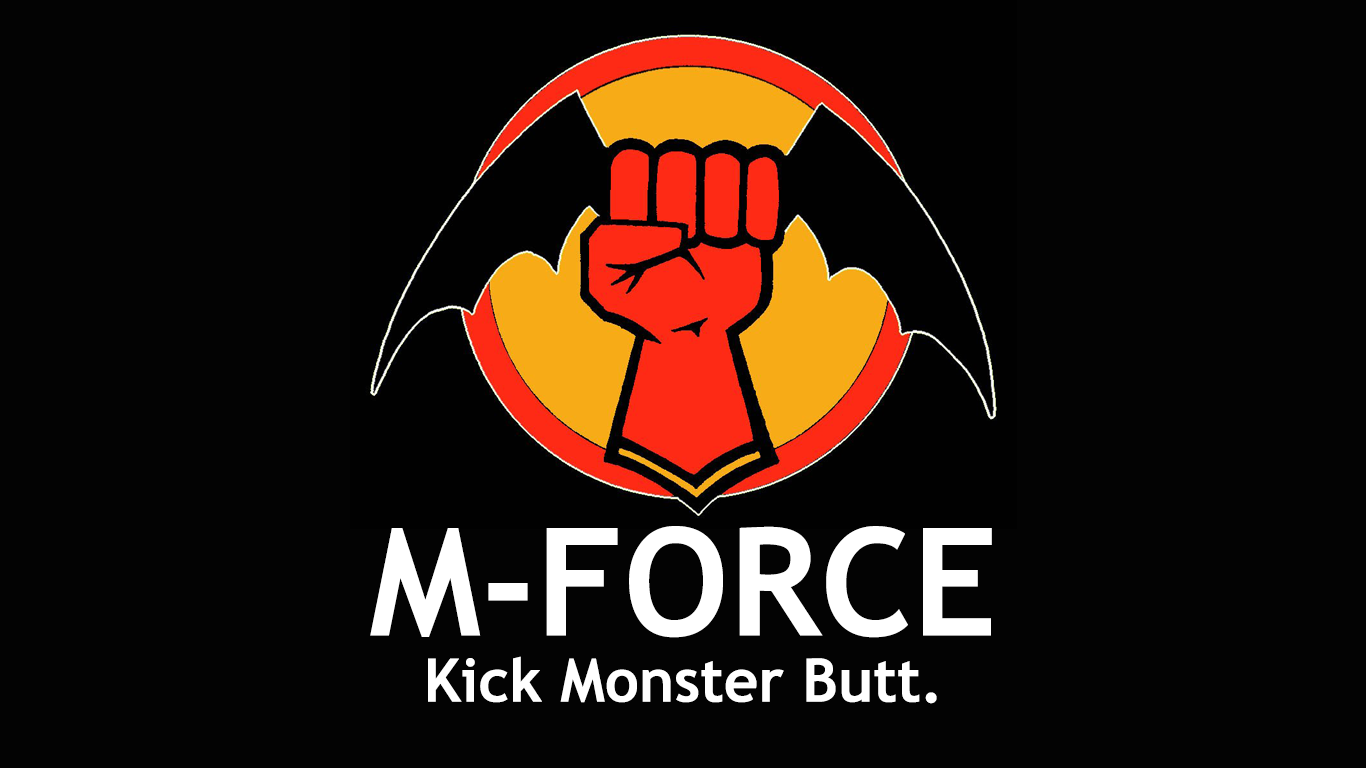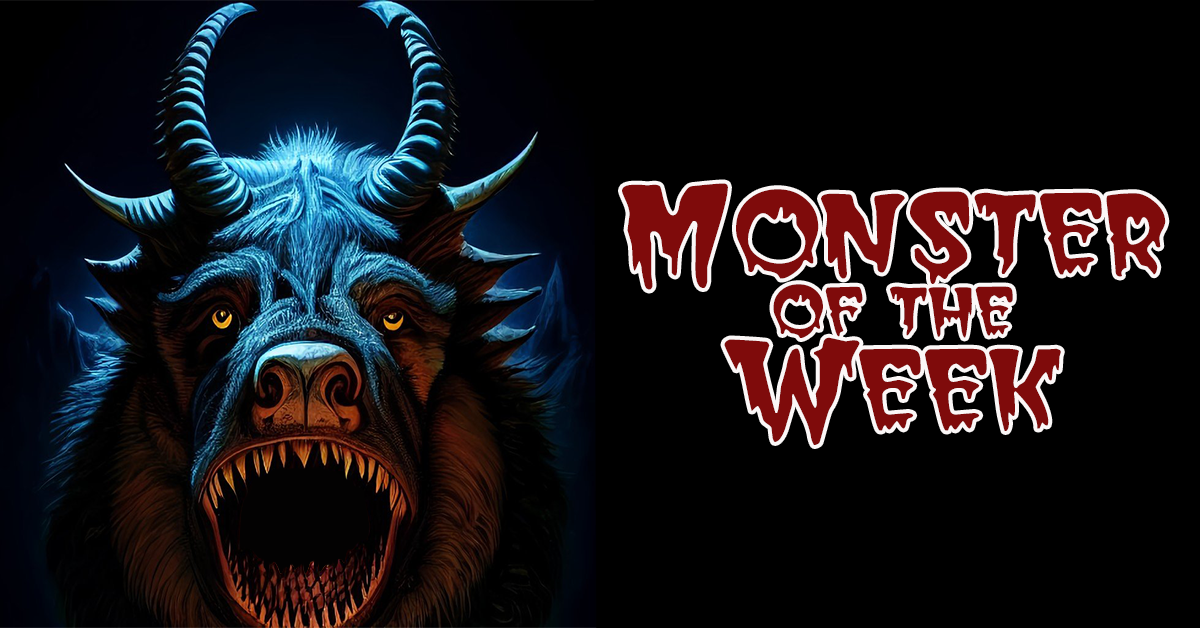We may earn money or products from the companies mentioned in this post.
Last week, I posted an excerpt for the upcoming second edition of M-Force and mentioned that we’d been working on it for quite a while. We planned to release it much earlier this year, but it’s taken a lot longer to write than we expected. Some of the delays are the usual “real life getting in the way” issues we constantly face as a small, part-time company, but M-Force has its own special baggage. While the first edition of M-Force was a good game (especially for the first complete game setting by a tiny company), it’s not really the game we wanted it to be for a number of reasons: inexperience, too little playtesting, too many cooks, an attempt to make a game that was all things to all people, and probably other things I’m forgetting. Because of that, we’re working really hard to make sure the game in the book is the same game we’ve got in our heads. We had some similar (though thankfully shorter) delays for much the same reason with Hobomancer, and as far as I’m concerned it’s our best game yet, so hopefully M-Force will be worth the wait.
The reason M-Force is relevant to this post is that that some of the core concepts of the game are much more directly based on our ideas about what makes a good role-playing game than any setting we’ve released. Making sure that the game includes everything needed to play the game as we envision it without establishing an overly-restrictive “Right Way To Play” is a delicate balance, but it has caused me to think a lot about what I look for in an RPG, which is the lede I’ve buried here under two paragraphs of background you probably don’t care about. I’ll try to give examples of how M-Force encourages these elements where possible, if only to make the preceding paragraphs a little more relevant.
A good game has a setting that the players are invested in.
If players feel a connection to the world, they play their characters better because the things going on in the fictional setting seem more important to them. Unfortunately, world detail rarely gives players that kind of connection, and too much detail can overwhelm the players and make things worse. Games set in fictional worlds that the players are already familiar with through popular culture work pretty well, since the players have already “lived” in the world when they watched the TV show or read the books, but the best way to make players feel connected to the world is to let them help create it. Even if you’re using a published setting, the world is typically painted in broad strokes. Letting the players contribute some of the finer details gives them creative investment in the setting. In M-Force, we’ve tried to make sure to keep the “big picture” of the world something that’s easy to get across, provide more detail for those who want it, and set up the game so that players are actively involved in creating their M-Force office and the community it serves.
A good game has characters who are connected to the world.
This is similar to the previous point, but applies to the characters. One of the reasons that games with murderhobo PCs are so unsatisfying is that the people and places in the story don’t mean anything to them. Having characters with real ties to the world gives them something to lose that they’re going to miss a lot more than whatever gems the monster swallowed if they fail to save the day. In M-Force, PCs are only part-time monster hunters. Some of the game focuses on their mundane lives. While this is in part because the juxtaposition can be used to amplify the fantastic elements of the story (imagine how ho-hum Hogwart’s would seem to a Harry Potter who grew up among wizards) and provide opportunities for humor (“Yeeeeah, so, good job saving the city from rampaging Thunder Spiders, but about those TPS reports…”), it also provides an opportunity to show what the characters are risking their lives for.
A good game has a story that the players are involved in, not reacting to.
The players need to have skin in the game. This means they have something to lose (the stakes I talked about above), but it also means that their actions affect how the story plays out, and not always in ways that are advantageous to the heroes. In M-Force, setting the PCs up as protectors of their community instead of heavily-armed wandering orphans and spending game time on everyday drama gives them something to fight for. Making sure their actions affect the story is ultimately up to the GM, but the GM advice in M-Force encourages doing just that.
A good game has characters who overcome incredible odds.
In most stories, especially the kinds of stories that games are based on, the heroes save the day. Even though we know this deep down, a good storyteller makes us feel like there’s a chance the hero will lose. The best storytellers make us feel like there’s no way the hero can win. They do this with a combination of building up the bad guys and giving the good guys plenty of other obstacles to overcome, including their own personal flaws. A good game does the same thing. As you’ve probably already guessed, M-Force encourages heroic but flawed characters, and their daily lives can provide plenty of secondary obstacles to overcome. In addition, the M-Force organization in the new version of the game is stretched a lot thinner than “the company” in most stories of this type, so the characters may have to make do with limited resources and outdated or shoddy equipment.
A good game has characters who are heroic.
Characters in fiction don’t win fights by hacking away at the bad guy until he bleeds to death, they win fights by hatching elaborate plans, pulling off outrageous stunts, and taking million-to-one chances. Unfortunately, combat in most games tends to encourage (or only allow) the “hack away” method. In most games, it’s up to the GM to find ways to make combat exciting (and to ignore hit points when the players pull off an attack that makes for a dramatic kill). In M-Force, we’re making it clear that exciting action is a major focus of the game (something we failed to adequately do in the first edition) and adding some rules that encourage players to do exciting things by providing some rules that elevate style over hit point attrition in a way that doesn’t rely entirely on GM fiat.
In addition to doing cool stunts, heroic characters are willing to make sacrifices. Hopefully encouraging characters who care about the world around them will give them a the reasons they need to do that.
A good game takes place in an interesting world full of possibilities.
I like a world that’s quirky enough to allow some absurdity and even slapstick but well-developed and “serious” enough to allow everything from dark comedy to gut-wrenching character drama to balls-to-the-wall action without becoming incoherent. That might sound like a tall order, but universes like that are common in fiction, whether it’s the DC Universe (home to both John Constantine and Ambush Bug) or the world of Joss Whedon’s Buffyverse (home of brutal deaths of beloved characters and vampire muppets). If you read last week’s column, you’ve already seen some of the reasons I think the world of M-Force is an interesting world full of possibilities.
Ultimately, a good game is one that’s fun for the people playing it. These are just my personal preferences, which I’m lucky enough to share with most of the people I write and play games with. You and your group might have completely different ideas about what makes a good game, and there’s nothing wrong with that. If everybody’s having a good time, you’re doing it right.




